Every household needs an efficient plumbing system that stays out of the way. Those renovating or installing water pipes from scratch may wonder if you can chase water pipes into walls. In this post, we have done the research to answer this question for you!
Yes, you can chase water pipes into walls. This is a common building practice to get pipes through each room.
It is also an excellent option for hiding pipes from view, as long as they are not chased in exterior walls.
Chasing water pipes into walls can be done for practical and aesthetic reasons. In the following sections, we will explain what you need to know to chase water pipes into walls. Read on to learn more!
Can You Run Pipes In Walls?
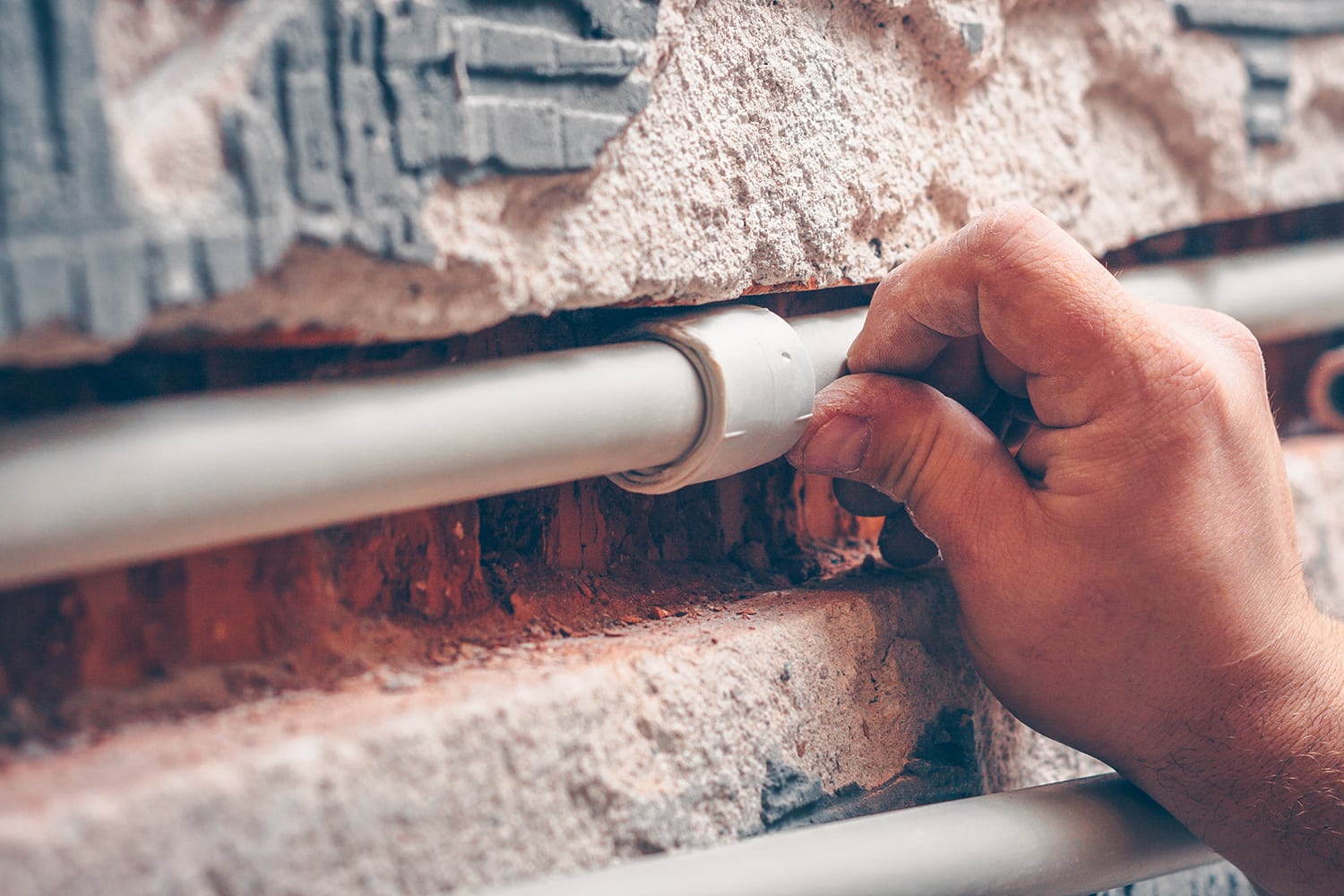
If you are looking to save space, have better insulation, or hide exposed pipes in your house, then you can run water pipes into interior walls.
Depending on the type of materials you are working with and the location of the wall, extra workings and insulation may be required.
Water is susceptible to temperature and pressure change as it travels through the pipes. Chasing pipes in your walls can help improve insulation since you have the extra layer of wall covering it from the outside air.
Another thing to note is that you can only hide water pipes within certain types of wall materials. This is because some structures are not built with pipe allowance in mind. You will also have to comply with building regulations.
If you have brick, plaster, or concrete-block walls, you can cut a chase into it for water pipes. Chasing specifically refers to the process of cutting into the layer of the wall to install things such as pipes.
This is different from putting pipes into an existing wall cavity like drywall.
How Do You Chase Water Pipes Into The Wall?
Chasing water pipes into walls on your own can be difficult if you have no prior plumbing experience. You will have to plan out the plumbing carefully, and it requires a decent amount of expertise.
Call a professional to do it instead if you do not think you are cut out for the job.
Even if you will not do the chasing, it is still good to know how the process is done. This is, so you have some insight into how the plumbing in your house works. You will know also how to address and avoid issues that could crop up in the future.
Here are the steps to chasing water pipes into your walls:
- Finalize a well-thought-out plumbing scheme
- Prepare the tools and materials
- Cut the chase into the wall
- Put the pipes into the chase
- Fill the chase
Finalize The Plumbing Scheme
Identify the layout of how you will put your pipes. You will be cutting vertical and horizontal chases only, with no angles. Consider your area's building codes at this stage. We will go over building codes and regulations in a little more detail further down this post.
Make sure nothing will be damaged during the chasing process. Your wall might already have cables or pipes in some parts, so you want to avoid cutting these.
As much as possible, try to plan out mostly vertical chases. A vertical chase causes less structural weakness compared to a horizontal chase. Be prepared for any sudden changes to your plan.
In hindsight, possible adjustments include enough room for change during the planning stage.
Once you have figured out your layout, you can bring out your tools.
Prepare The Tools And Materials
Your materials may vary, but the general requirements include the following:
- Chase-cutting tool
- Grinder
- Measuring and marking materials
- Pipes
- Insulation
- Filler [such as cement mix or plaster]
- Safety equipment
Having a pipe and cable detector will also come in handy. This is just to ensure you are not cutting into existing chases. Since needs can vary, you may prepare additional tools to make the work easier.
Cut The Chase Into The Wall
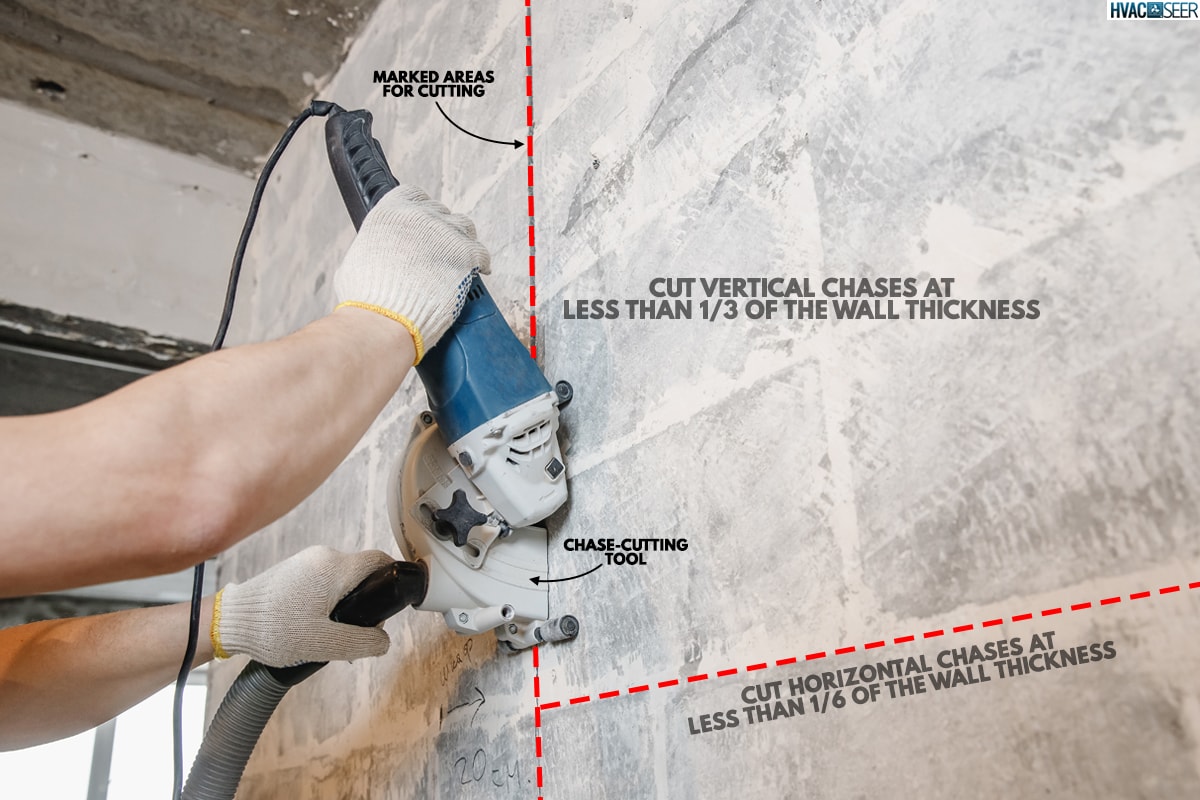
Mark the areas where you will make your cuts. They should be big enough for your pipes to fit but not too deep. Do not cut straight through the wall.
This may happen if you chase pipes on either side, so avoid this in the planning stage. Have your pipes located on different ends of the opposite wall.
In cutting chases into walls, the rule of thumb is to cut horizontal chases at less than 1/6 of the wall thickness and cut vertical chases at less than 1/3 of the wall thickness.
When you cut out your chasing, smooth out the channel with your chase cutting tool or an alternative. This part of the process is particularly messy.
Dust and debris will pose a safety hazard, so wear a mask and goggles. Cover the surrounding objects, furniture, and floor to keep the dust off.
Since pipes are rigid enough, copper or PVC pipework can stand on its own in the chase. Place your pipework inside, and insulate as needed. This will protect the pipes from the filler you will add. It can also maintain the water's temperature as it flows.
Once you set the pipes into the walls, you can fill them with your preferred type of filler. Typically, cement or plaster is used. Layer the filler as needed.
The material can add excess weight and take too long to dry when applied in large amounts. Push the filler all around the pipe to completely seal it into the chase.
To accommodate tiling or painting, smooth the filler surface before or after it dries. You can also use skimming plaster to smooth the surface once the filler has hardened.
Building Regulations Of Chasing Water Pipes In Walls
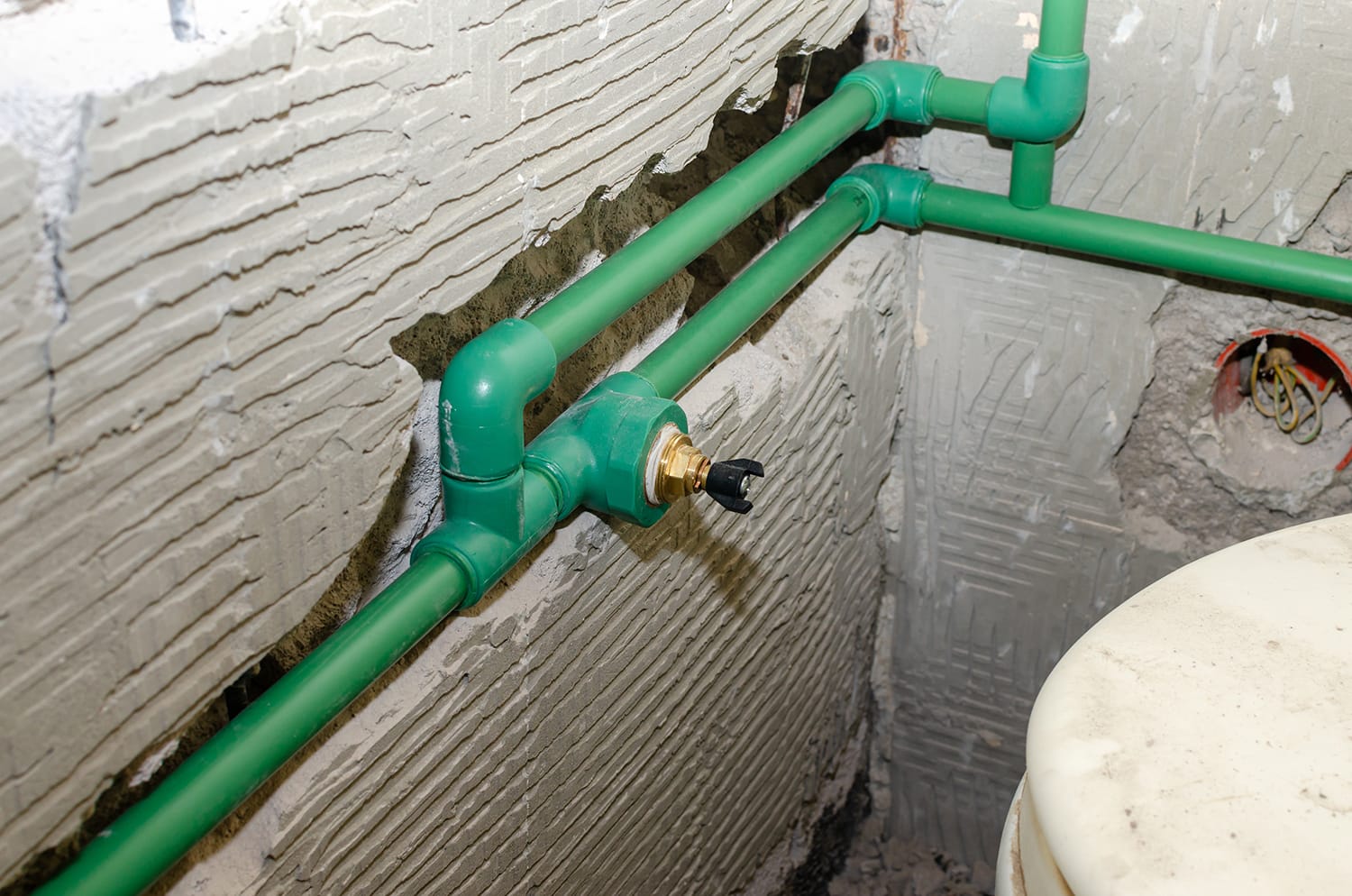
Building codes across the US standardize plumbing and dictate what is and is not allowed. It is essential to follow these regulations as they are put in place to ensure your safety.
Poor adherence to building regulations can lead to faulty pipework and structural damage to your home. Potential legal charges are also involved if your house or building does not comply with these standards.
While specifics can vary in each state, the government recommends minimum plumbing requirements per the United States Bureau of Standards. These regulations cover everything from measurements, drainage, materials, and more.
As much as possible, keep the number of elbows and bends in your water pipes to a minimum. This is to avoid compromising water pressure from service lines. Another thing to look out for is protecting your building's structural integrity.
Do not risk contaminating the water with glue or adhesives on your pipes. Only use pipes explicitly made for water, such as copper, poly, steel, and others.
Ensure your chasing job is leak-proof yet easy to access so you can inspect the pipes if necessary.
You can have your contractor help you know your local building codes. These codes are also easily accessible online. Simply search for your state's building codes if you are looking for them on your own.
Cost Of Chasing Pipes Into Wall
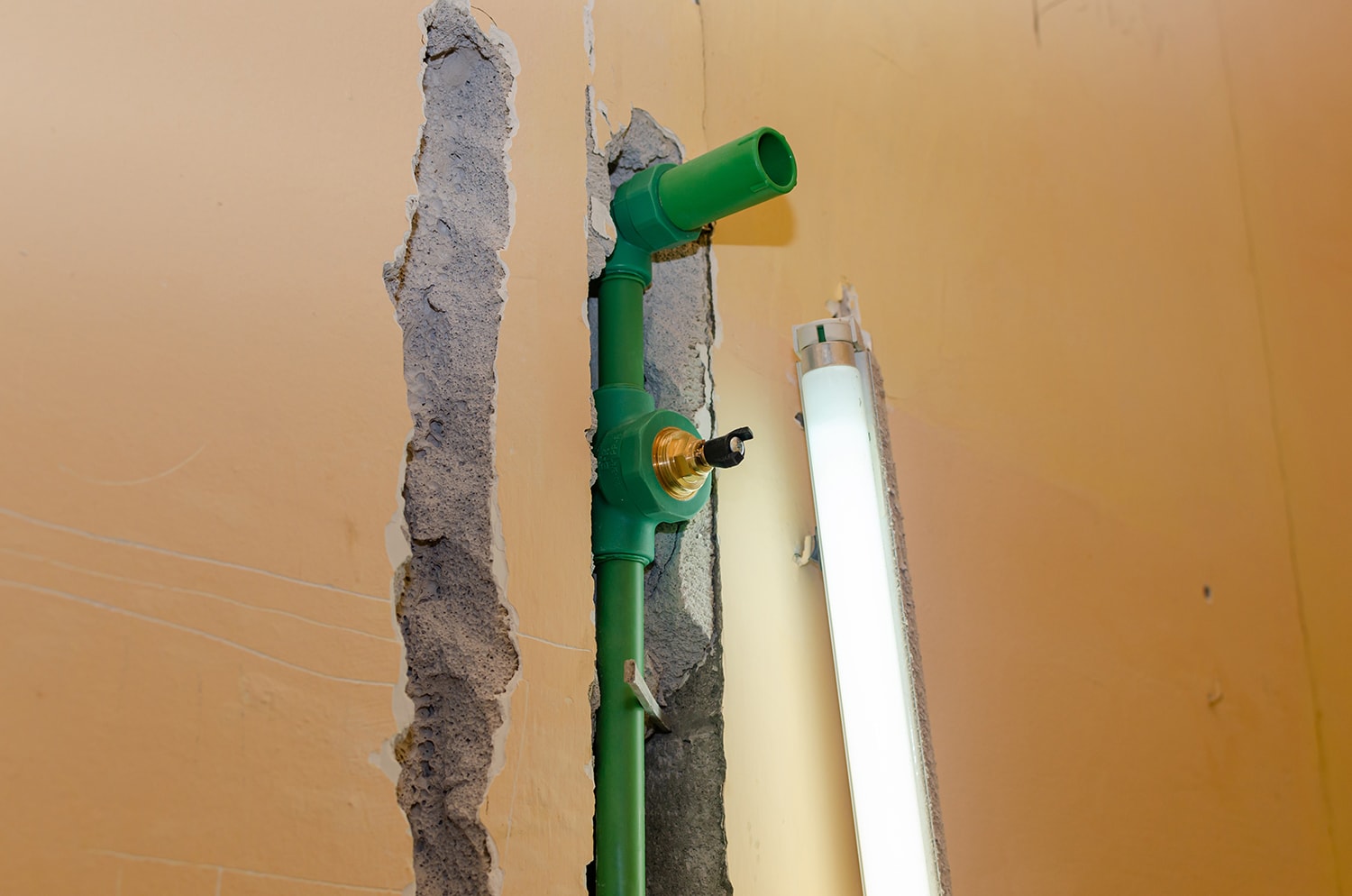
There is no set cost for chasing pipes into the wall. It all depends on what materials you have, how hard the work is, and whether you will hire someone to help do it for you.
Most plumbers charge by the hour. While rates vary on plumbing expertise and location, the national average is $100 an hour. Of course, this can be cheaper or more expensive.
The overall cost could be significantly lower if you were to chase water pipes into the wall. Having tools on hand is a great way to save money since you can use them for different projects. You will only need to buy some supplies for a specific job.
Without a toolbox of supplies, the cost is much higher. A brand new angle grinder can range between $39 to $200. PVC pipes can be much cheaper, but the cost of materials alone can add up.
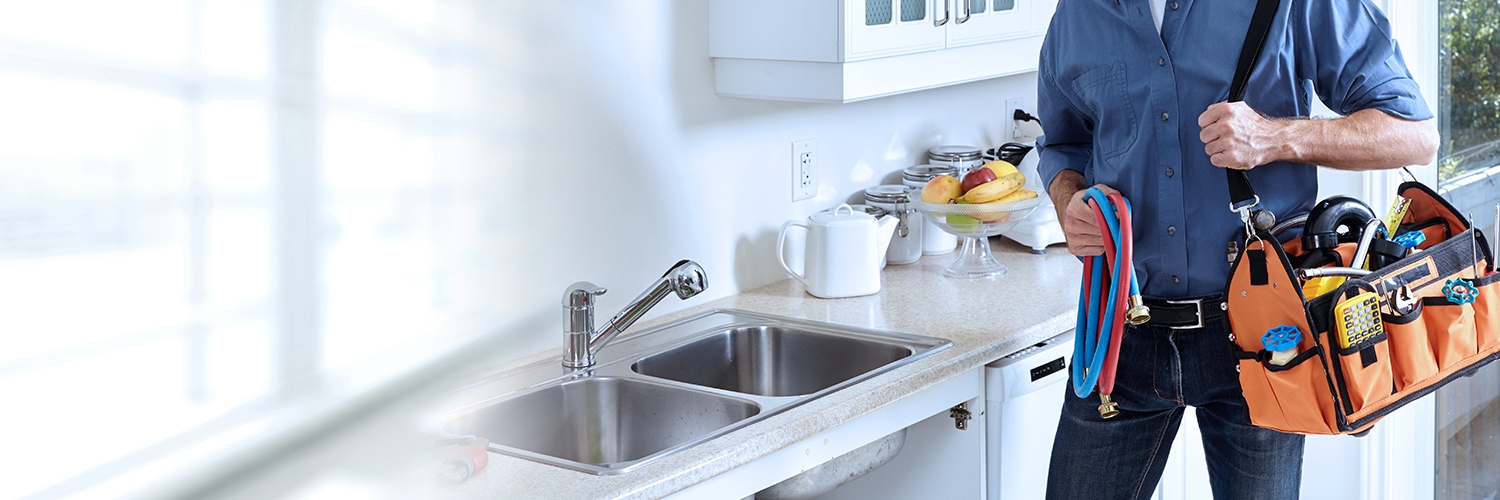
However, buying the materials to do the job yourself may still be cheaper than hiring a plumber.
Click here to see Angle Grinder on Amazon.
Click here to see Angle Grinder With Accessories on Amazon.
Wrapping Things Up
You can chase water pipes into interior walls. Doing so serves as a space saver and keeps your plumbing more compact. You can hire a plumber or contractor to chase your pipes or do it yourself!
Did you find this post helpful? Check out our other articles before you go:
HVAC Vs. Plumbing: Which Trade Is Better?
How Long Can Drano Sit In Pipes? [And How Long To Flush With Hot Water]?


